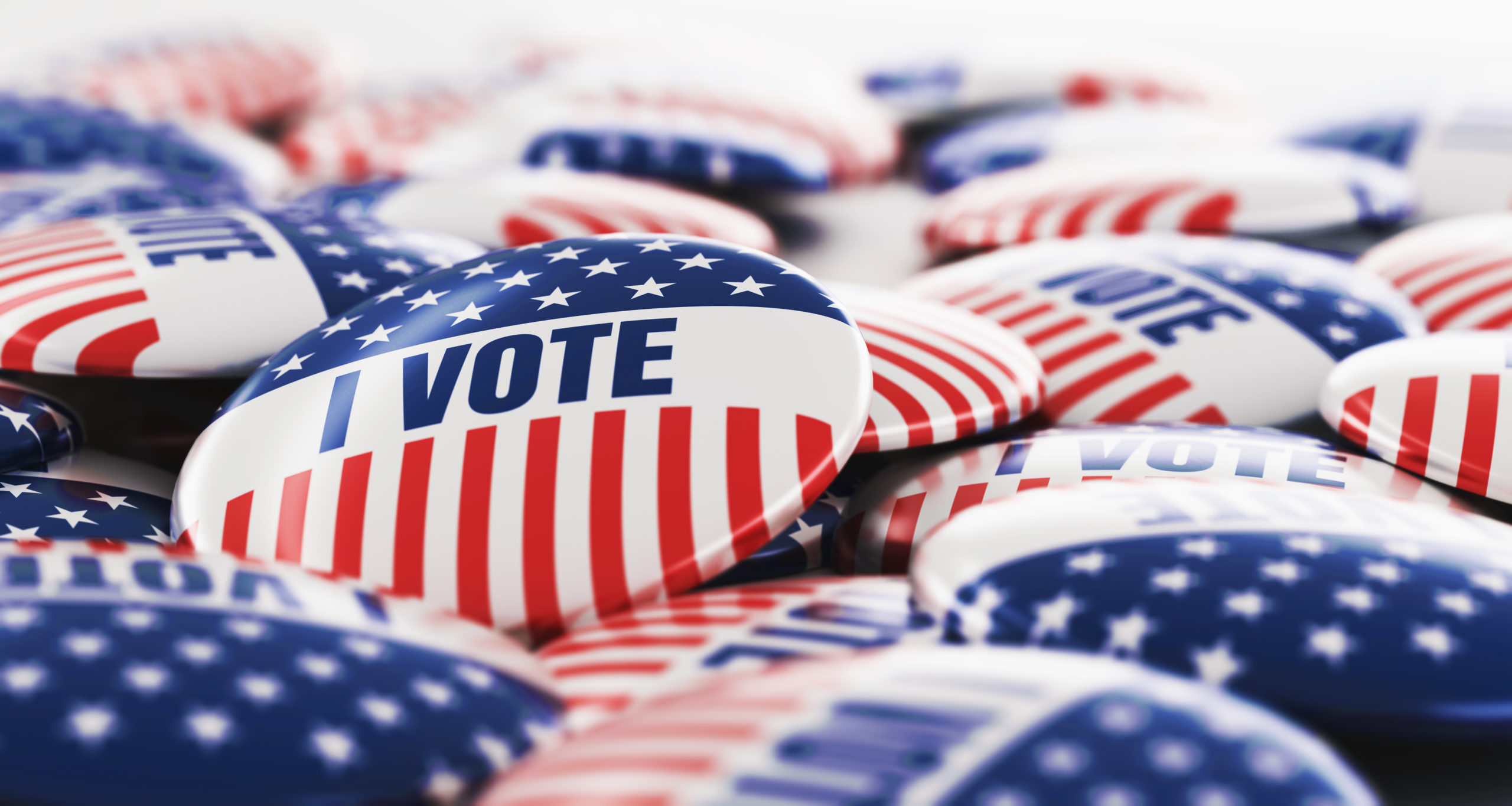Election Polls: What the Pollsters Got Right and What Was Missed
There has been a lot of finger-pointing at pollsters about the 2020 election and accusations that the poll results were not accurate. Media has mentioned that the election polls were “as bad” as the 2016 predictions. While the polling research needs some improvement, there are many reasons not to blame the pollsters.
Here are three aspects that are important to understand about the polls:
-
Mail-IN Changes the Voting Dynamic.
COVID-19 has changed the way a lot of people typically vote. As many Americans are looking to socially distance to prevent the spread of the pandemic, many people opted to use mail-in voting. In this year’s primaries, 50.3% of Americans voted by mail. To compare, the 2016 general elections vote-by-mail was only 25% (Pew Research, 2020). Depending on the state, mail voting slows the process. Polls do not predict when a president would win a state’s electoral votes.
-
Press Skews Survey Findings to Create Sensational Headlines.
As mentioned in our blog, “Election Polls: Why You Need to Know What Margin of Error Is Right Now,” the margin of error plays a massive part in reading the results correctly. The margin of error lets you know with a certain level of confidence that if the same research methodology was conducted again, the results would be within the same ‘margin.’ Often, this year’s news promoted a specific presidential candidate is winning. However, they were actually tied according to the survey’s margin of error.
-
The Popular Vote Was Accurately Predicted For the Presidential Race.
Both in 2016 and 2020, pollsters accurately predicted the national vote. Where polls have had more difficulty is predicting the state-level elections for presidential and senate races. Why? For a few reasons.
- By the time polls are at the state level, the number of respondents completing the surveys is much lower than the national levels. The state-level surveys need a large enough pool to ensure that all of the different populations are surveyed.
- In areas that are less densely populated or more diverse, the survey should be distributed via mixed mode: online, cell, landline, and in-person. For example, older populations are more likely to take a phone survey. Acculturated Americans respond more often to in-person questionnaires.
- Market research companies need to monitor the appropriate quotas to represent the population (e.g., education, gender). This is especially true with cohorts that may be harder to reach. For example, the Cuban population in Florida. Unfortunately, sometimes the proper surveying methodology takes significant cost and time, which may not always be available to these pollsters.
Read some of our recent case studies and blogs here to learn more about business and consumer research:
- Election Polls: Why You Need to Know What Margin of Error is Right Now
- The Power of Census Data
- COVID-19 and Conducting Market Research
Find Provoke Insights’ research capabilities here or email us at [email protected] with any inquiries.
To learn more about Provoke Insights – Check out SlideShare:
Provoke Insights Market Research & Brand Strategy Capabilities
IF YOU WANT TO, SIGN UP FOR OUR NEWSLETTERS HERE!
and finally, follow our social media accounts:
Twitter: https://twitter.com/provokeinsights












